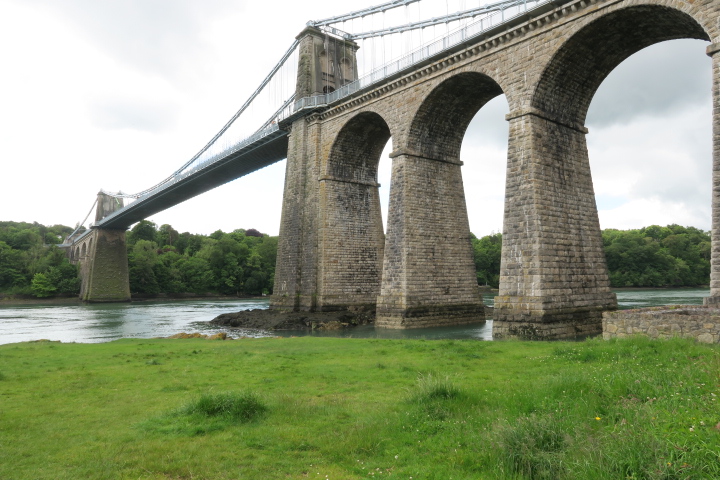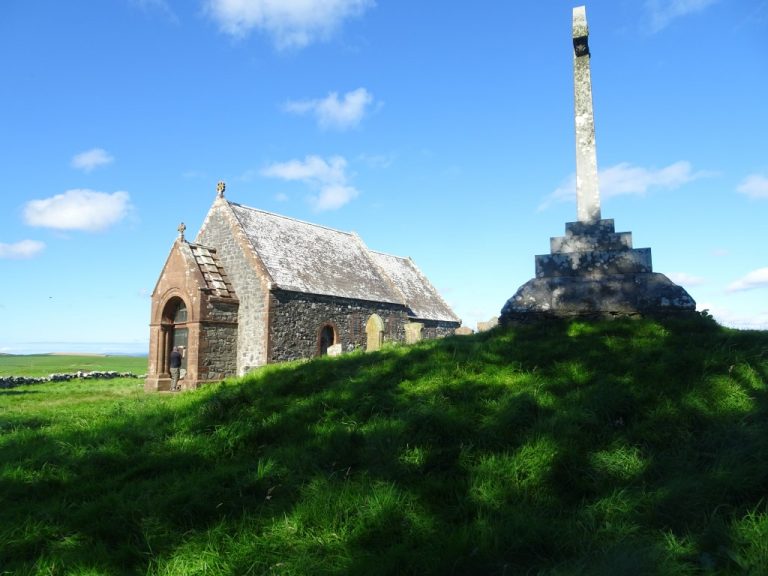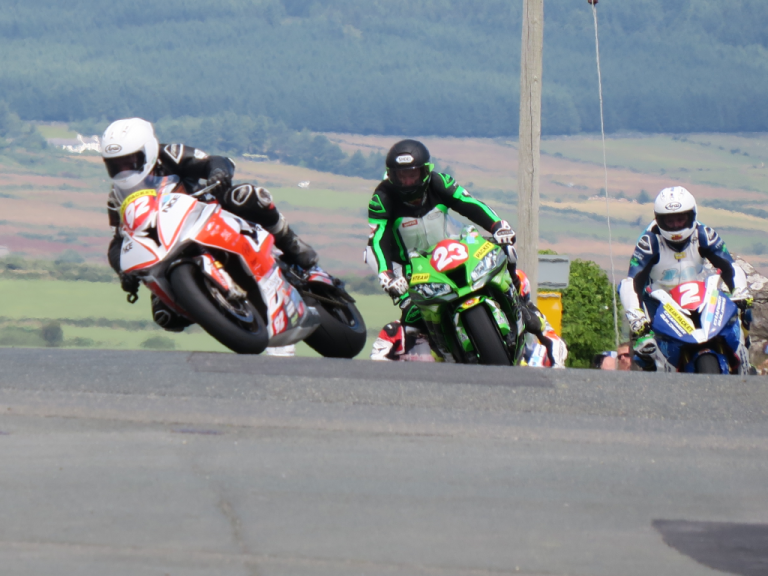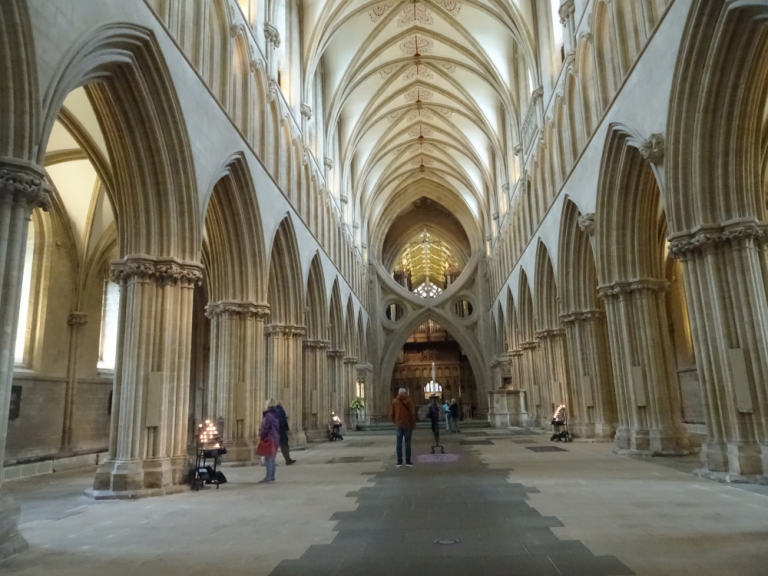Jersey 2021 with U3A – fourth day
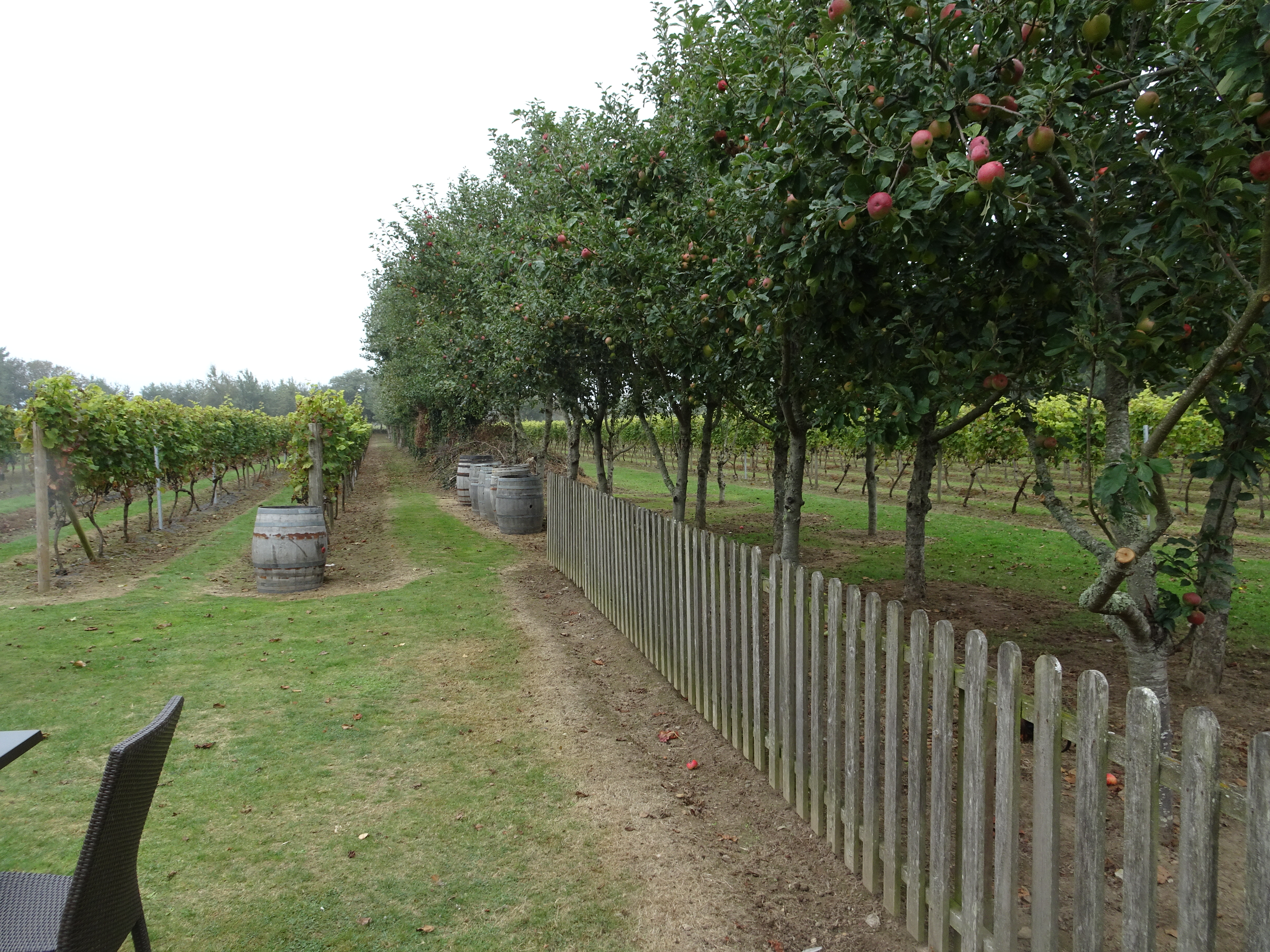
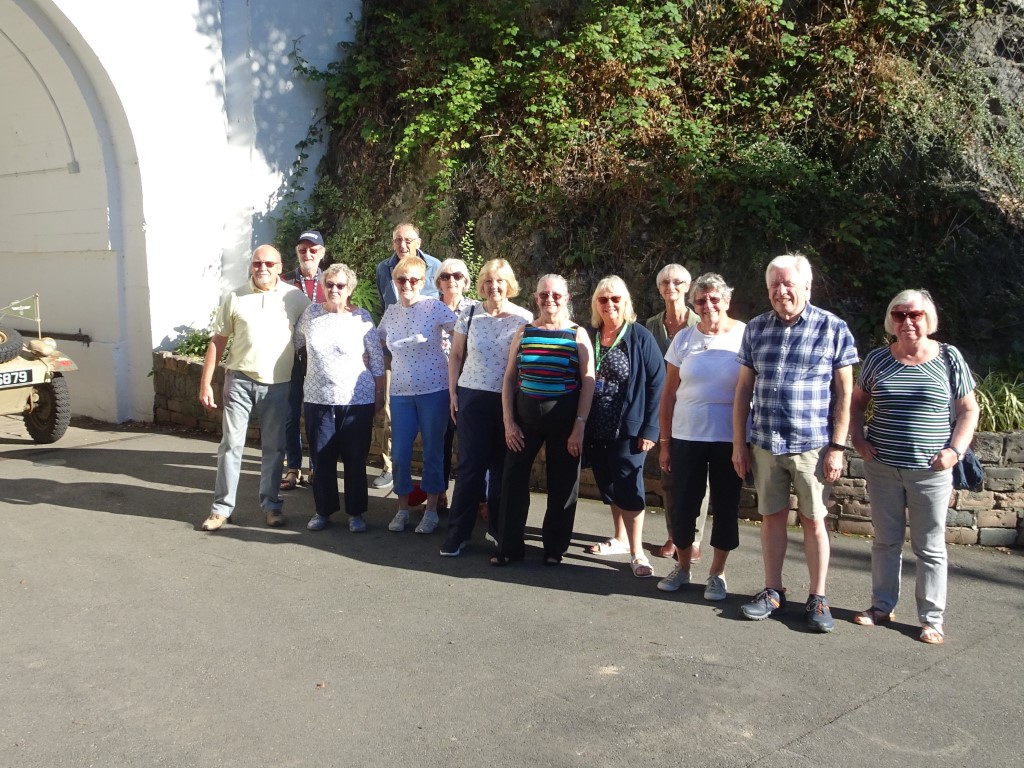
On day three we visited the La Mare Vineyard La Mare Wine Estate in the parish of St Mary at the north of the island. It is set in the peaceful grounds of a traditional 18th-century Jersey granite farmhouse and covers 25-acres. Our guide, Bob, showed us the rows of vines and told us that it had been a very bad summer for grape growth and that yield would be very low this year. We could see this fact for ourselves by the lack of fruit on the vines.
We were given cider and wine to taste at the outset and then had a tour and explanation of their cider, winemaking and gin distillation process and equipment. The tour also included their chocolate and fudge kitchen and an explanation of how they make Jersey Black Butter preserve. It is not butter in the normal sense as it has no dairy products in it and is made from apples and the residues of the wine and cider making processes with various spices added. At the end we enjoyed a tasting of one of their apple brandy cream liqueur or their flavoured Gin accompanied by pieces of their chocolate and fudge.
There was a corporate event taking place at the vineyard but we were given a long table to seat all of us in the modern dining room and we enjoyed lunch whilst we waited for our coach to arrive to take us to our next destination.
We then drove to the Jersey War Tunnels in the middle of the island in the parish of St Lawrence. Our entrance tickets were in the form of an identity card of real wartime Jersey people – mine was of a naturalized British subject Albert Gustave Bedane, born 29/9/1893 in Angers, France. I looked him up on the internet afterwards and he provided shelter to a Jewish woman and others, preventing their capture by the Nazis. In 1966 the Soviet government presented Albert Bedane (along with other Jersey resistance activists who had helped and sheltered escaped Soviet slave-workers) with a gold watch. And on 4th January 2000, Albert was recognised as ” Righteous Among the Nations”. In 2010, he was posthumously named a British Hero of the Holocaust by the British Government.
We were not guided, except by the displays within, which were often very moving and told the compelling story of the German Occupation of Jersey. We entered by the imposing, cavernous tunnel mouth. It is strange to think that this small area of Britain was occupied by the Nazi regime and forced to fly the Swastika for five dark years under the cruelty of the Nazis. The Jersey War Tunnels were known during the war as Hohlgangsanlage 8. There are 1,000m of tunnels dug over 50m deep underground into the hillside by forced labour and more than 5,000 slave workers from nations across Europe. This vast network of underground tunnels was originally intended to be a barracks and ammunition store to allow the German occupying infantry to withstand Allied air raids and bombardment in case of an invasion. In 1943, it was converted into an emergency hospital for the occupying German forces.
Afterwards our coach drove us back to the hotel to enjoy our last evening meal and entertainment in the Star Room.
The following day we were taken by coach to Jersey Airport for an uneventful journey back to Leyland.

